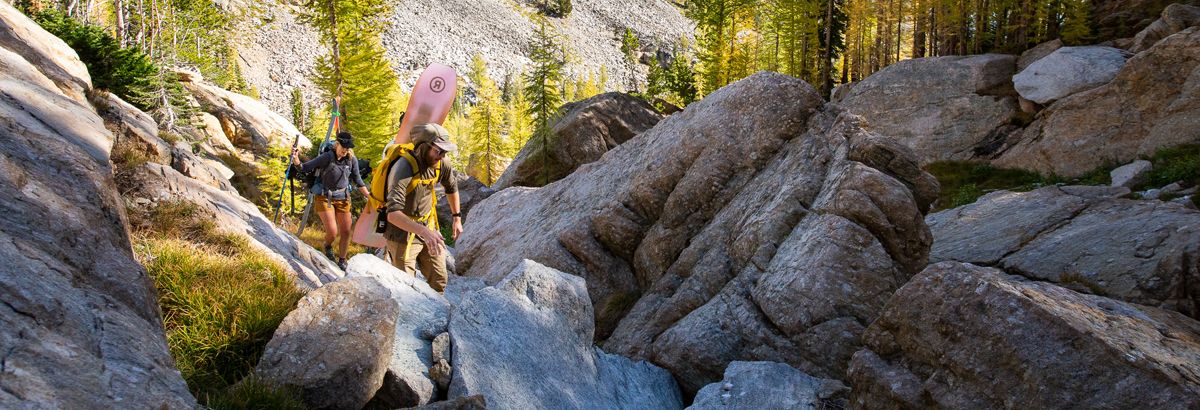John S. Kimball
Professor of Systems Ecology; NTSG Director
Contact
- Office
- ISB 416
- Phone
- (406) 243-4922
- John.Kimball@umontana.edu
- Website
Personal Summary
My training and interests are multi-disciplinary, using concepts and tools developed from environmental engineering, ecology, and geography to understand climate-ecosystem interactions, and asociated impacts on water resources, vegetation productivity, and other ecosystem services. My scales of interest range from regional to global extents, emphasizing the use of satellite remote sensing and ecological modeling for landscape analysis. Much of my research has involved developing new techniques and applications for environmental monitoring using remote sensing observations collected from optical-infrared and microwave sensors. My recent projects have included satellite monitoring of habitat quality and invasive species risk; developing satellite environmental data records for global climate change assessment; and developing and maintaining operational data products for several NASA Earth satellite missions.
Education
Ph.D., Bioresource Engineering, Oregon State University, 1995
M.A., Physical Geography, San Diego State University, 1990
B.A., Physical Geography, San Diego State University, 1987
Courses Taught
Integrated Systems Ecology (BIOS 534)
Forest Ecosystem Analysis (NRSM 532)
Research Interests
Plant-water relations; evapotranspiration; snow; how ecosystems cope with extreme events including damaging frosts, droughts, and floods; environmental remote sensing; boreal-Arctic ecosystems and the cryosphere. See for a complete listing of my publications.
Projects
Characterization of regional drought impacts using integrated satellite observations from SMAP and GRACE; Sponsoring agency: NASA
Hydrologic and socioeconomic impacts of water use and resource allocation in agricultural regions under different policy and climate scenarios; Sponsoring agency: USDA
Satellite data driven model assessment of landscape variability and environmental controls on the Arctic-Boreal carbon budget; Sponsoring agency: NASA
Predicting the spread of aquatic invasive species (AIS) using remote sensing, genetics, and climate modeling; Sponsoring agency: NASA
Regional Mapping of Soil Conditions in Northern Alaska Permafrost Landscapes Using AirMOSS and Land Model Data Assimilation, and Associated Impacts on Terrestrial Carbon Fluxes; Sponsoring agency: NASA
Projecting Effects of Climate Change on Pacific Rim rivers and Salmon: Integrating Remote sensing, Landscape Genomics, and Demography to Inform Conservation; Sponsoring agency NASA
Publications
A complete list of my work is available on .
Professional Experience
Director, Numerical Terradynamic Simulation Group (NTSG), WA Franke College of Forestry & Conservation, Ñý¼§Ö±²¥ (2017-present);
Professor, Department of Ecosystem and Conservation Sciences, WA Franke College of Forestry and Conservation, Ñý¼§Ö±²¥ (2014-present);
Deputy Director, NTSG, College of Forestry and Conservation, Ñý¼§Ö±²¥ (2014-2017);
Associate Director, Center for Integrated Research on the Environment (CIRE), Ñý¼§Ö±²¥ (2014-2018);
Research Assistant, Associate, Full Professor, Flathead Lake Biological Station, Division of Biological Sciences, Ñý¼§Ö±²¥ (1999-04, 2004-010, 2010-2014);

